Green Bay is a forlorn stretch of sandy coastline in Wanli, a rural district of roughly 22,000 residents situated on the rugged northeastern coast of Taiwan. It is widely known for its many derelict resorts, most famously the so-called Wanli UFO Village (萬里飛碟屋), which is what initially drew me here in 2013. I returned a year later and noticed a dilapidated structure further along the beach, an unsightly institutional building similar in appearance to a Taiwanese police station of the 1980s. A closer inspection revealed an interior cluttered with intriguing artifacts and decaying documents—enough to conclusively identify this neglected ruin. This was formally known as the Yeliu Signal Station (野柳信號臺), an outpost responsible for monitoring maritime traffic in the shipping lanes and designated anchorages just west of the Port of Keelung.
It wasn’t immediately obvious what I had found since there are no signs posted anywhere outside the building—but it wasn’t long before the pieces of the puzzle started falling into place. After stepping inside I soon discovered a rusty cabinet containing stacks of logbooks. A quick perusal of these weathered tomes established the maritime connection; each page noted the date, time, position, callsign, and identifying features of passing ships.
The second floor of the station featured living quarters sufficient for a small family. Presumably the chief communications officer resided here, although there’s always a chance someone else moved in after the station was decommissioned. In any case, whoever was stationed here abandoned most of their personal possessions when they left. I am always vaguely unsettled when I wander into rooms like these, which look very much like someone just got up and left one day. I sometimes wonder what terrible event transpired that would cause someone to leave in such a hurry, but the truth is almost certainly more mundane—whoever departed probably didn’t want any of this junk.
Two calendars on the second floor neatly establish the likely period of occupancy, from 1982 until sometime around February 2005. I haven’t had much luck figuring out exactly when this station was constructed, but it seems certain it was operating in the early 1980s, and might have been built in the late 1970s or even earlier. I’ve only found one reference to this place online—from the public record of a demolition project awarded in 2015 and completed in 20161. Although I haven’t returned to the site in a while, it is no longer visible on Google Street View, so it seems this place has already vanished into history. What you are seeing here no longer exists.
Without any other primary sources to consult we are left to infer much of the history of this humble signal station. Consider this: the Port of Keelung was one of the busiest ports in the world from the 1960s until sometime in the 1980s. As late as 1984 it was still ranking in the top ten busiest ports by cargo volume2, meaning a good chunk of global shipping passed through these waters. Although it doesn’t look like much, the Yeliu Signal Station bore witness to the final years of the Taiwan Miracle, the period of rapid industrialization and explosive economic growth that transformed Taiwan into the highly developed nation it is today.
In 1989 the Legislative Yuan approved the construction of a modern, centralized vessel traffic service for the Port of Keelung, replacing the existing network of signal stations3. The new control tower was completed in the late 1990s, underwent extensive testing, and officially entered into service in 19994. This rendered the Yeliu Signal Station obsolete, but I would hazard a guess that both systems continued to operate simultaneously, for a time. Eventually the old signal station was decommissioned, and sometime after 2005 the tenants were presumably evicted, leaving it exposed to the harsh winds and incessant rain of the northeastern coast.
The third floor was almost certainly where the radio control panels and other communication gear was installed, but no trace of anything electronic remained when I visited. In fact, the room was almost stripped bare, apart from two broken wooden desks covered with an assortment of reference manuals, textbooks, magazines, and other documents, several of which are itemized here:
- A notepad (記事簿) specifically designed for use by this station. This was the basis for identifying the formal name of the signal station.
- International Code of Signals, 1964 edition, and an illustrated reference manual of international maritime signal flags. “I am in distress and require immediate assistance.”
- The January 1982 issue of Chinese Humanist Monthly (人間世), founded by Liú Jìmín (劉濟民) in 1957. This periodical was a collection of poems, prose, and essays, with an emphasis on social criticism delivered with a humorous flare. Publication was suspended several times during the Martial Law era. References: here and here.
- English textbooks and related materials; obviously it would be important for anyone working here to have a good grasp on the primary language of international shipping and maritime trade. “L. But I am not very good at English. I often found it the most difficult of all our lessons. W. You will find it easier as you review more of it.”
- A pocket English-Chinese dictionary, opened to the first page, “A” for “abandoned”.
- Several spiral-bound notepads filled with cursive English practice.
With a few parting shots from the observation deck I finished my exploration, made an exit, and wandered over to check out the Futuro and Venturo homes next door. Although the “UFO village” is quite cool, and rightfully popular among bloggers and tourists alike, I am somewhat surprised how little attention the signal station received while it was still around. I can’t recall seeing anyone else post photos of this place, nor was I able to located any articles referencing it. Perhaps this will be the first, and also the last.
- The formal title for this project in Chinese: 野柳信號臺暨外港信號臺拆除工程. Here you may notice that the signal station featured in this article was only one of two demolished by the same order; the second was Wàigǎng Signal Station (外港信號臺, literally “Outer Port”), originally located beneath the Keelung Lighthouse (基隆燈塔). After it was destroyed the area was converted into a viewing platform according to several media reports like this one. ↩
- This article (in English) features some interesting information about the Port of Keelung and its struggle to remain relevant and profitable in the 21st century. ↩
- Information about the Legislative Yuan order was taken from this page from the Keelung Harbor Bureau. The existence of a signal station on the west side of the port implies another one on the east, but I haven’t found any specific information. Badouzi and Shen’ao are the obvious candidates for a counterpart to the Yeliu Signal Station. Furthermore, the inner harbour also had a signal station, possibly on Básǐhóu (拔死猴), a rocky outcrop just west of Zhongzheng Road. ↩
- Port of Keelung VTS Tower (基隆港VTS塔臺) is located on the former Tǒngpán Islet (桶盤嶼; historically known as Bush Island in English), which is now connected to Heping Island by reclaimed land. ↩
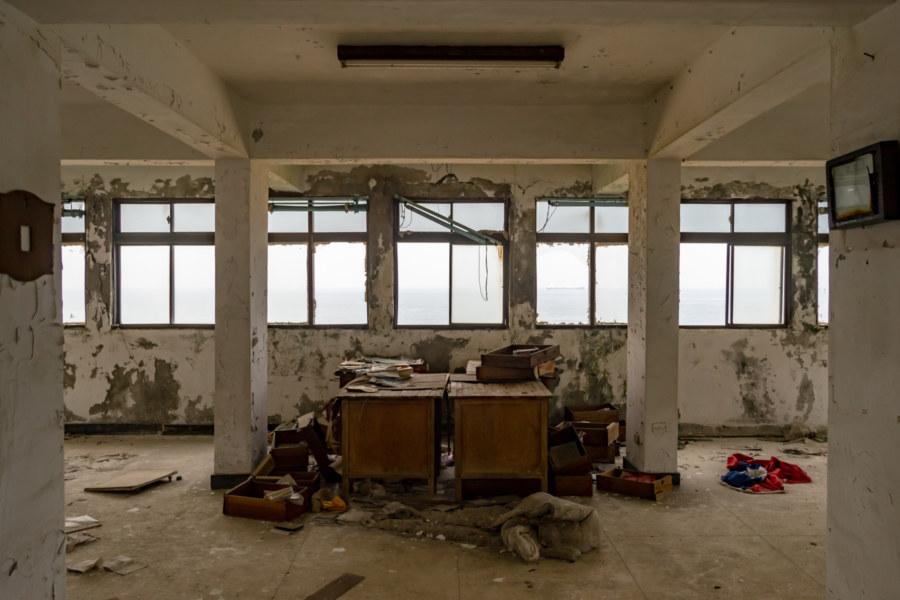
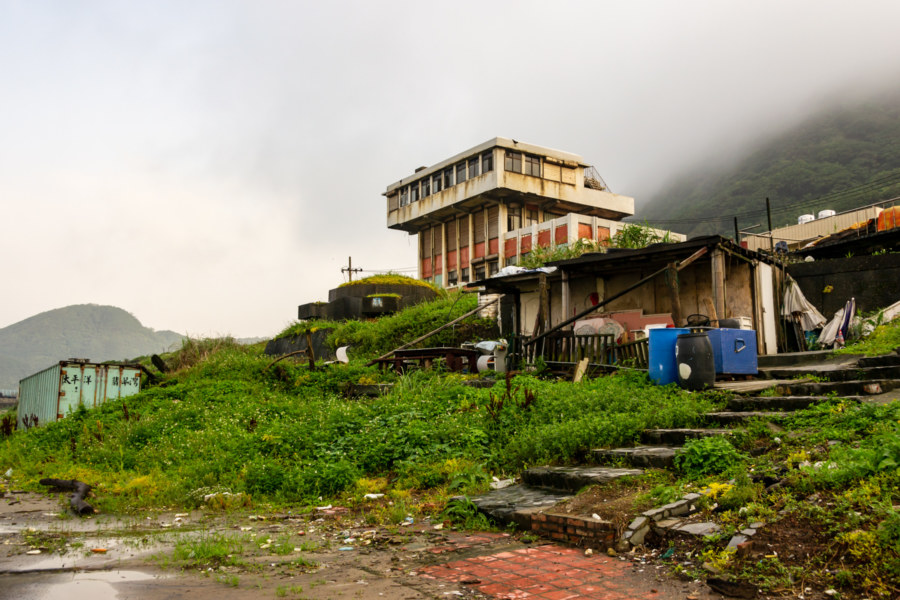
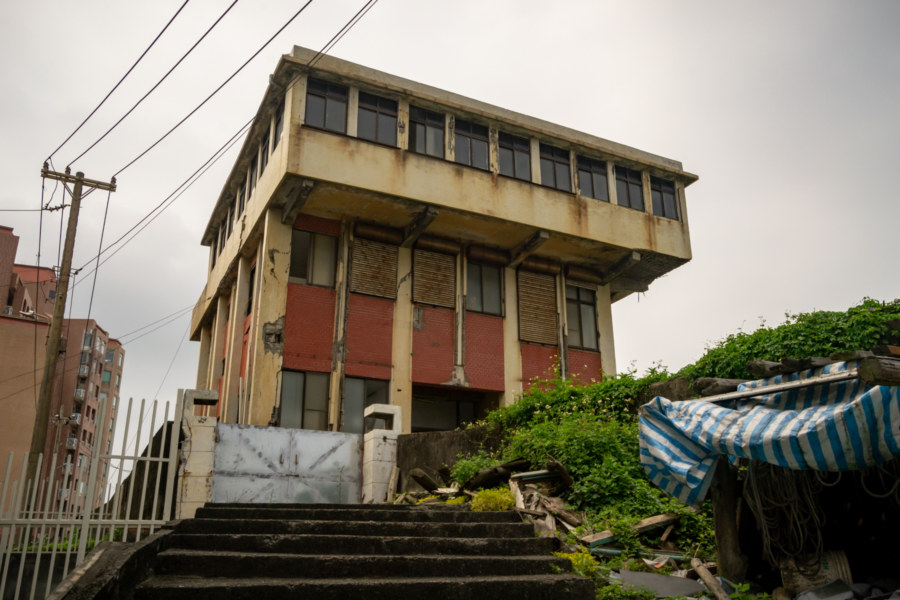
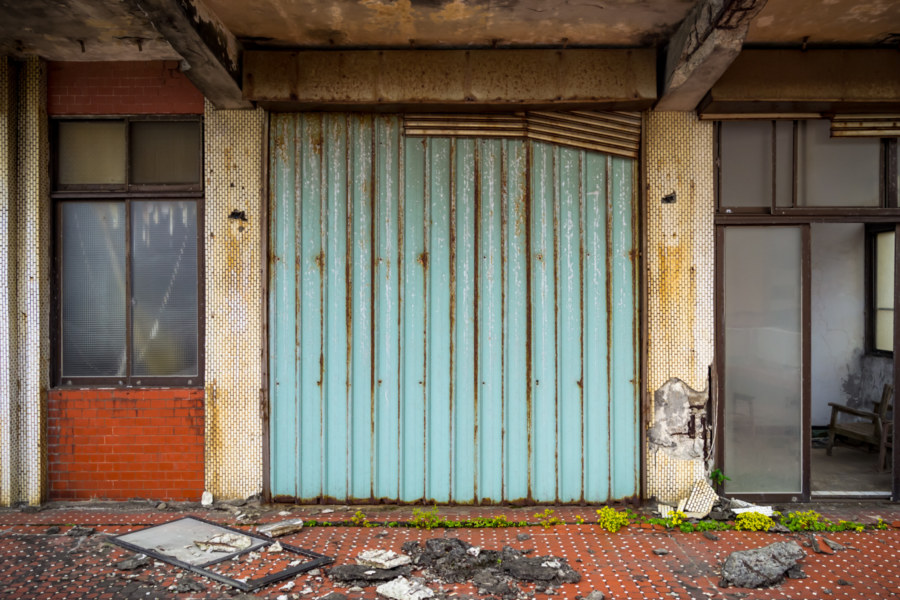
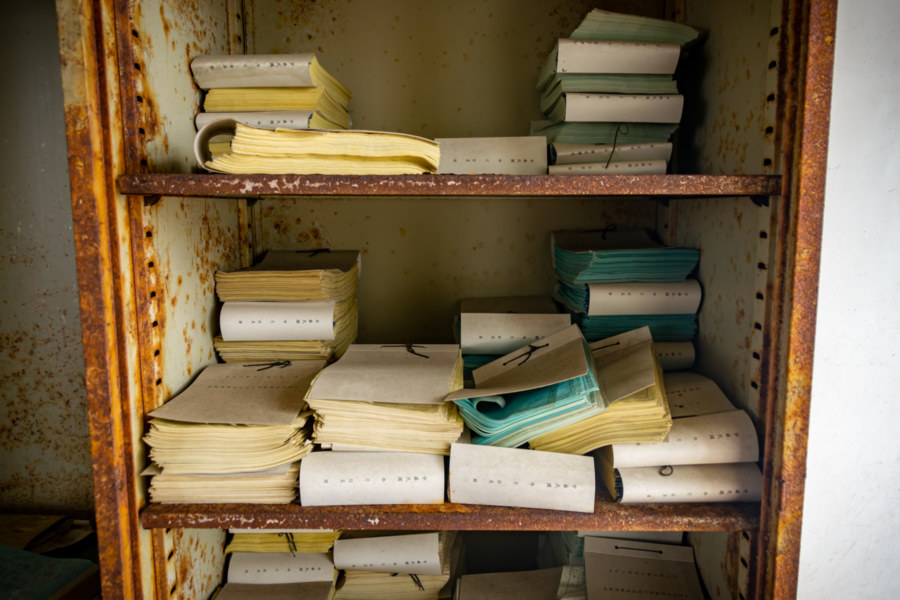
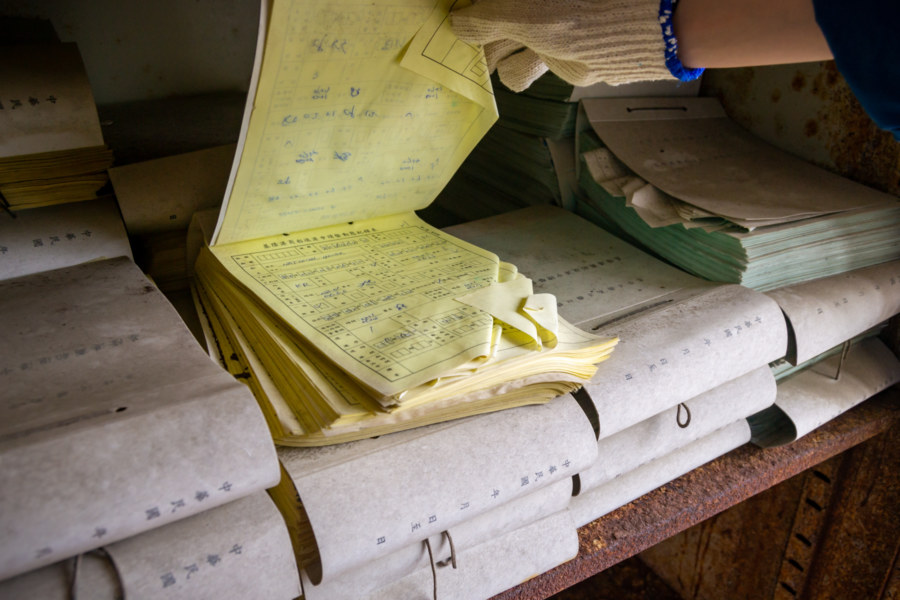
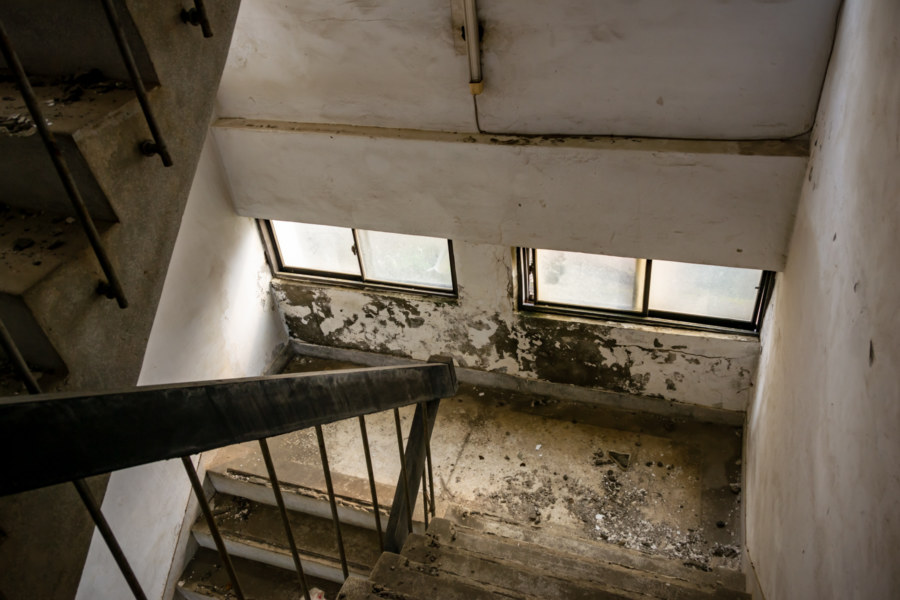
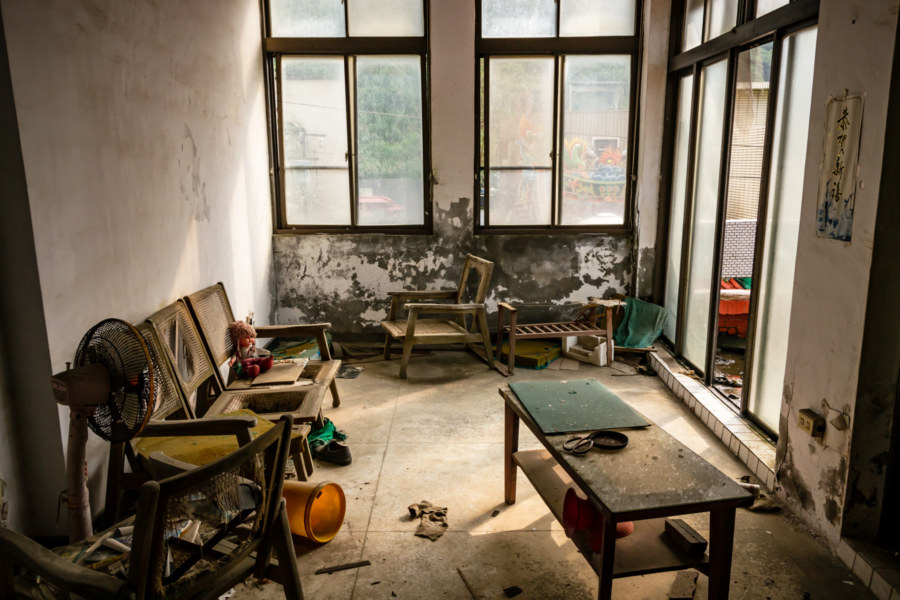

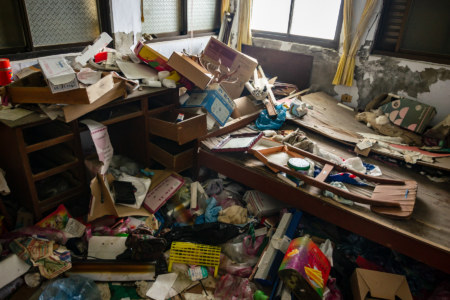
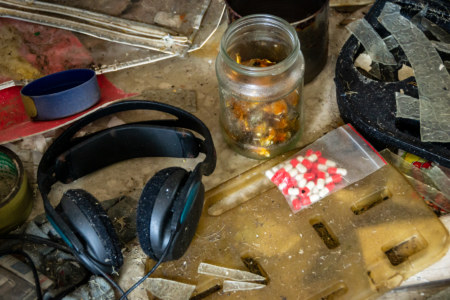
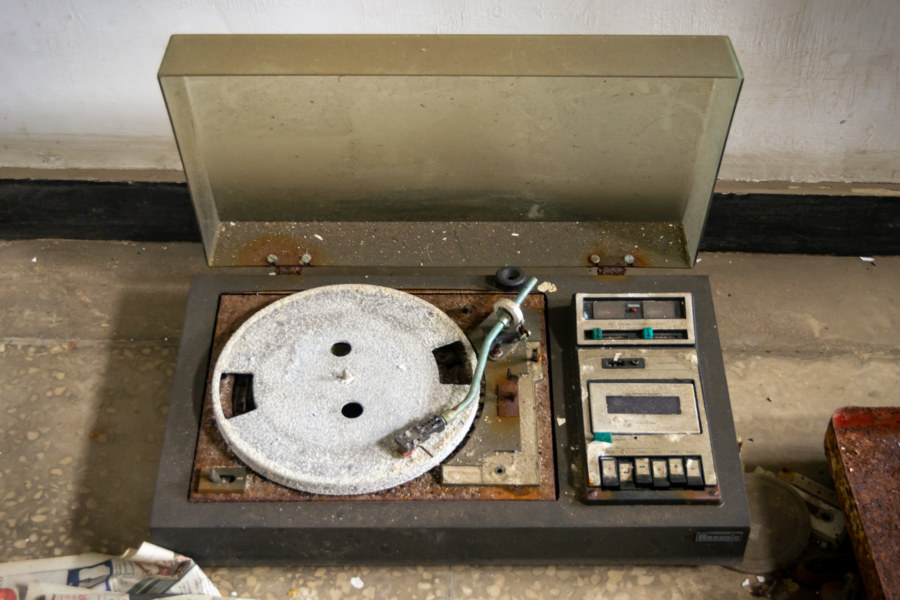

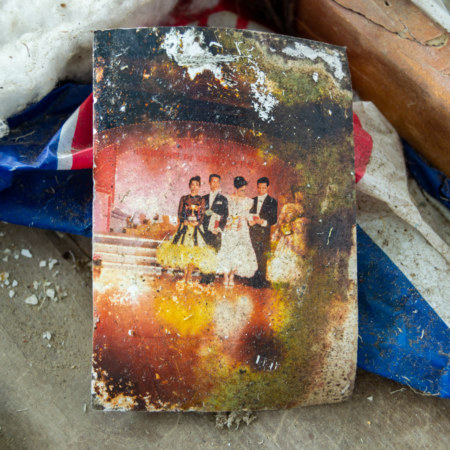
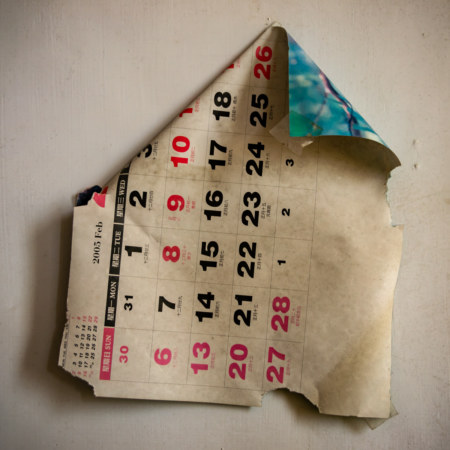

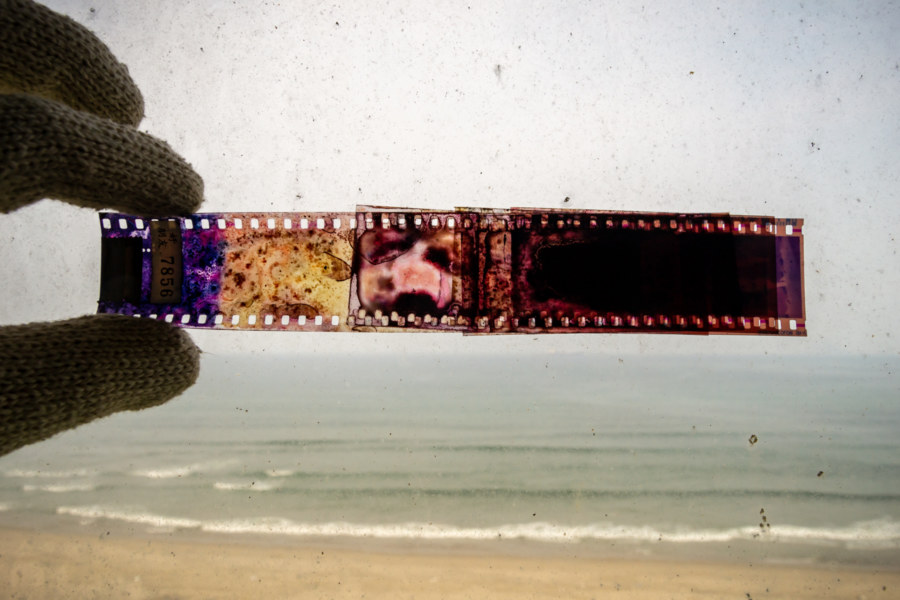
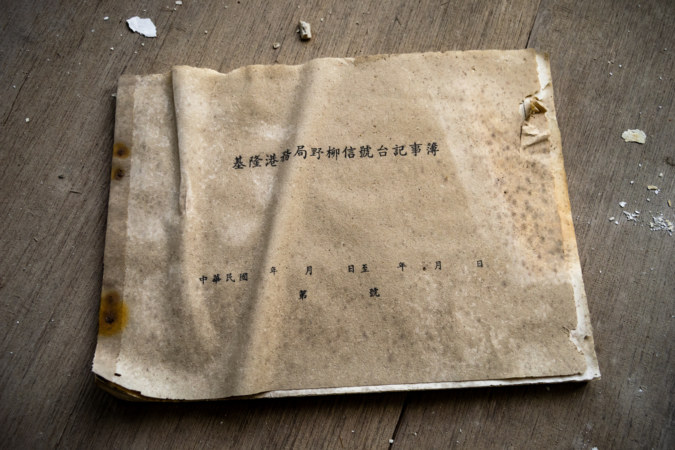
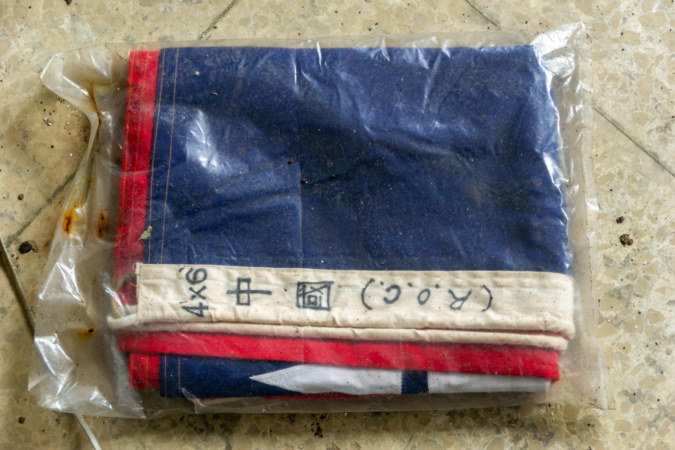
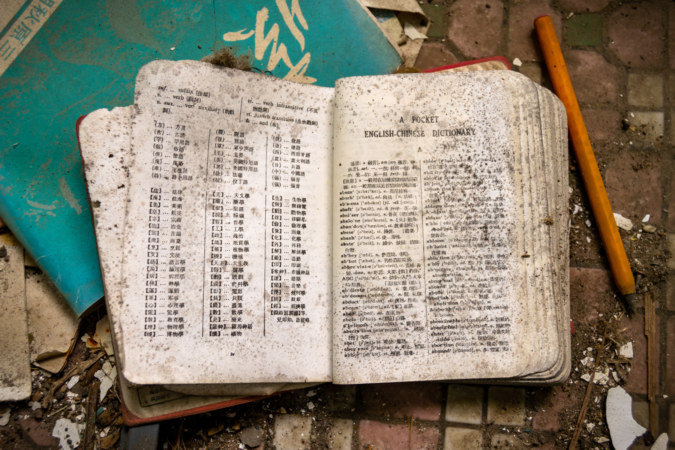
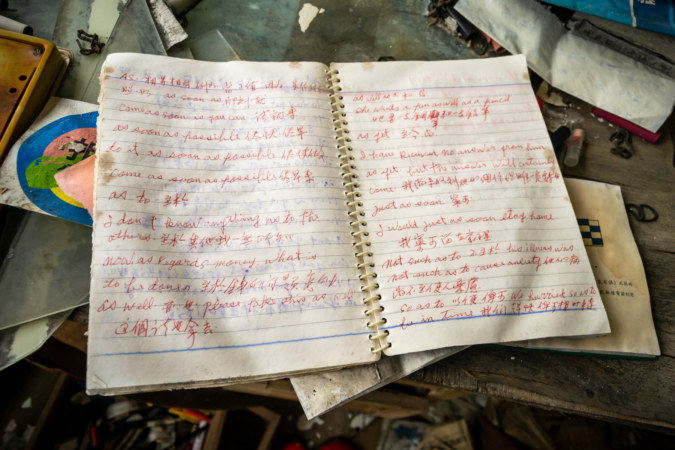
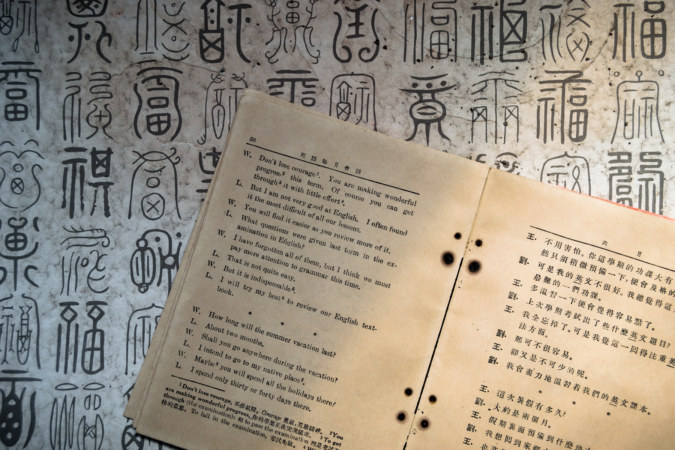
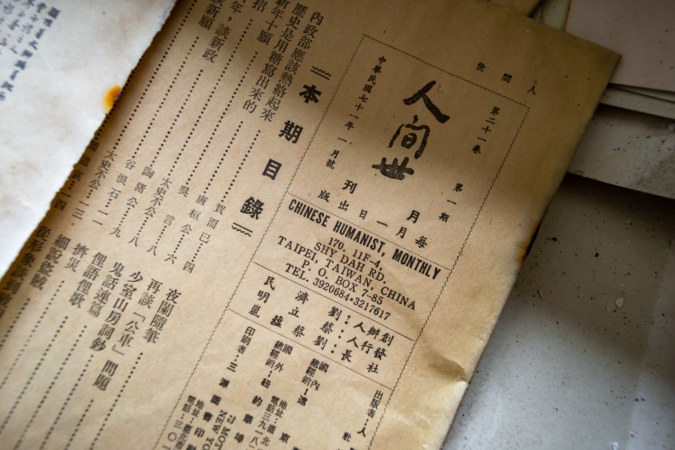
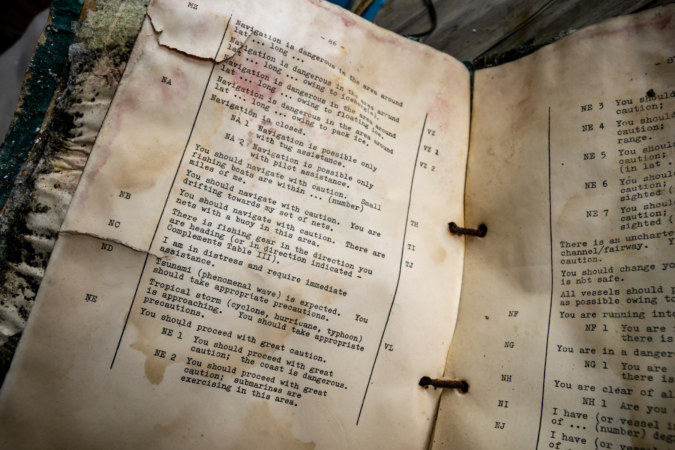
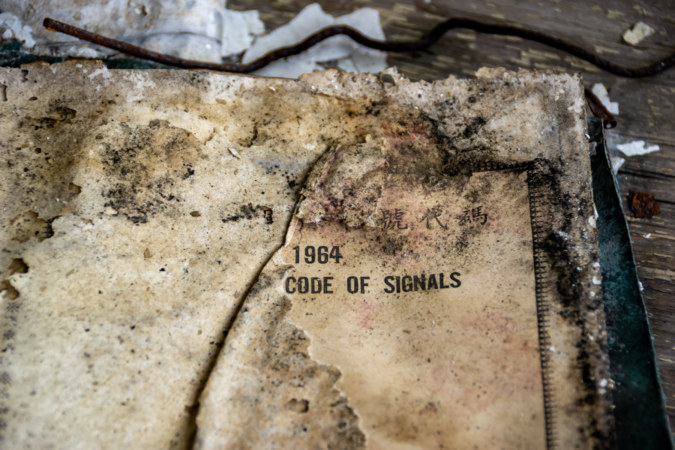
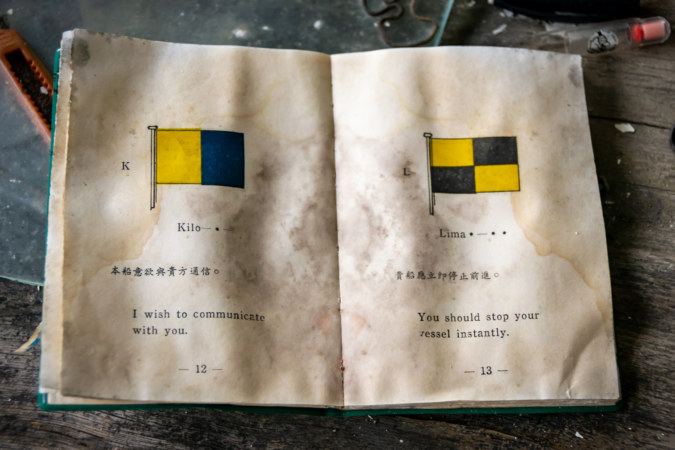
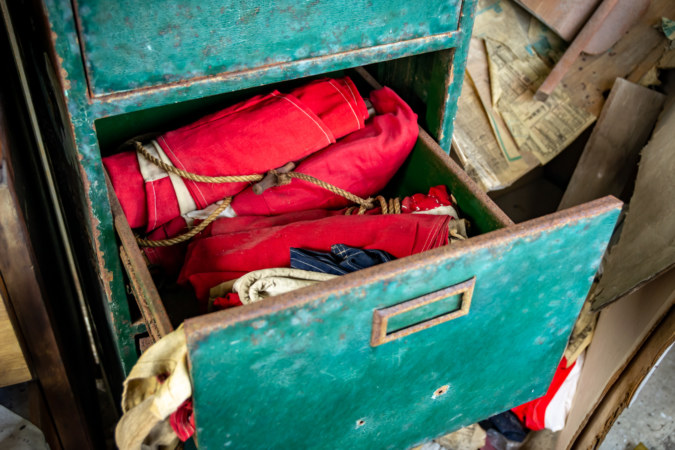
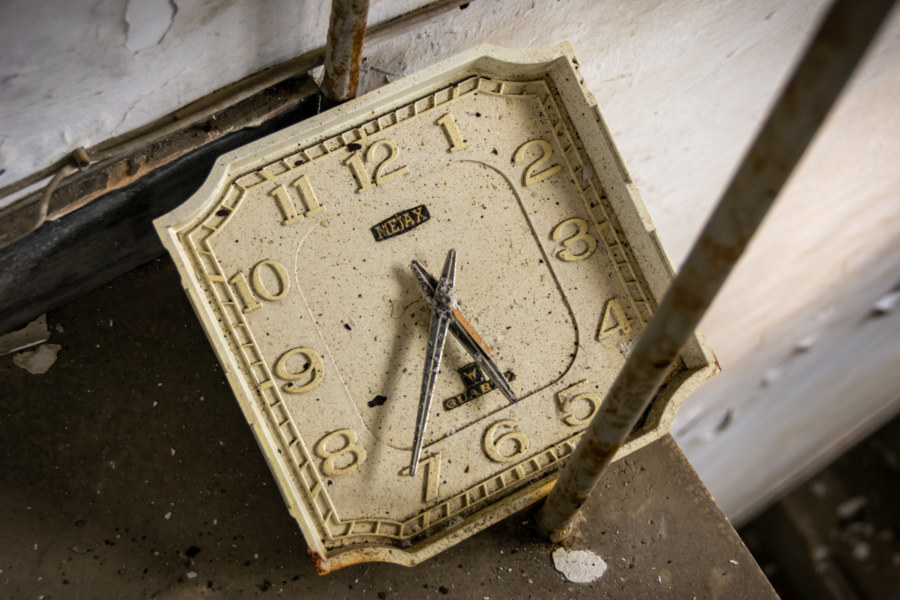
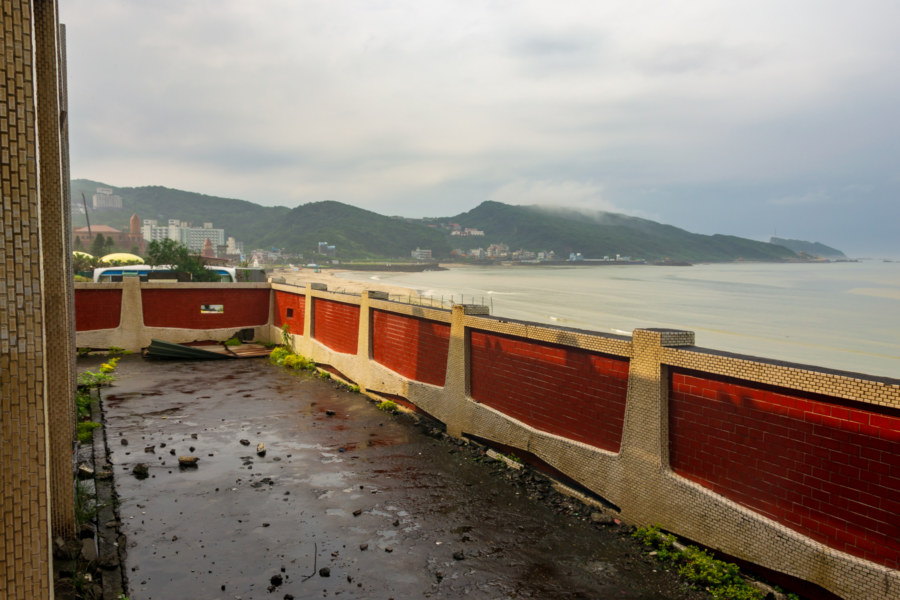
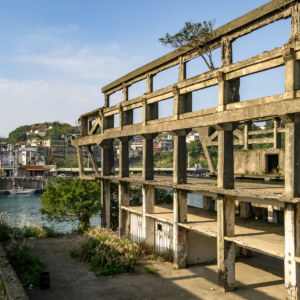
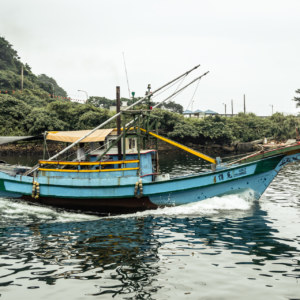
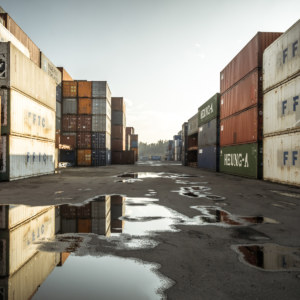

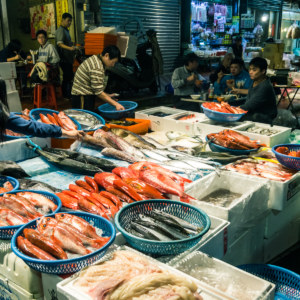
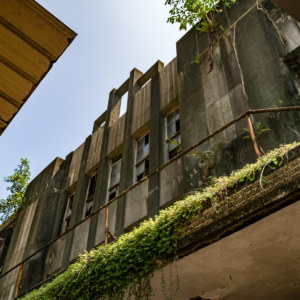
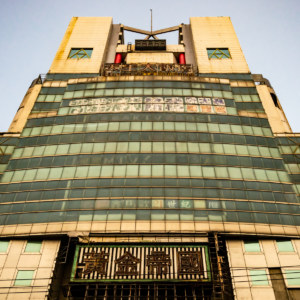
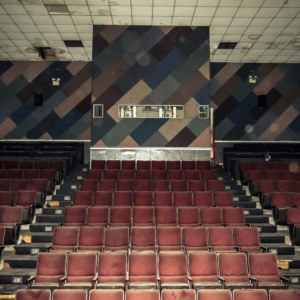
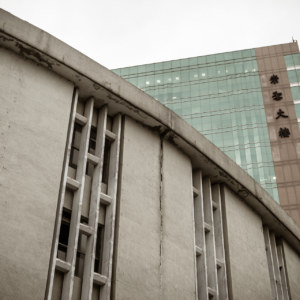
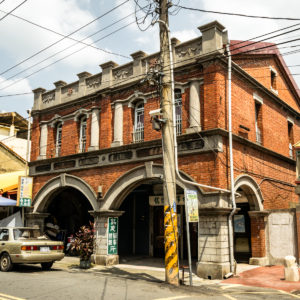
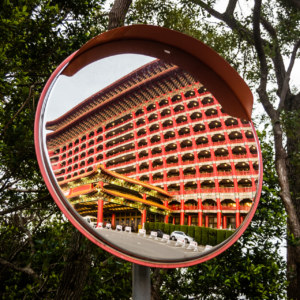
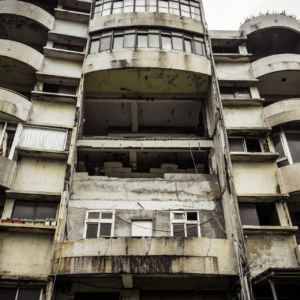
Amazing. Makes me feel very emotional actually. Love this stretch of coast and all the way down the east coast. Urbex sites to explore but hidden amongst my favorite part of Taiwan geographically and environmentally.
這裡查的到的資料只有拆除發包